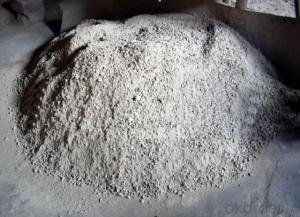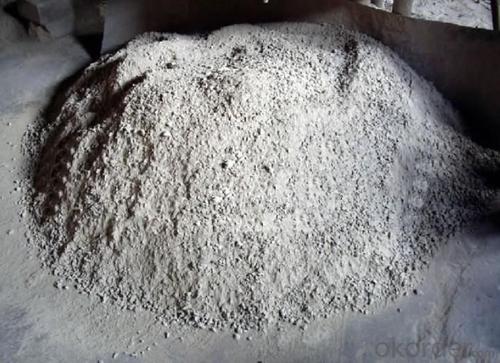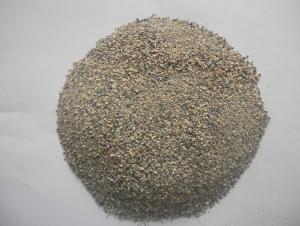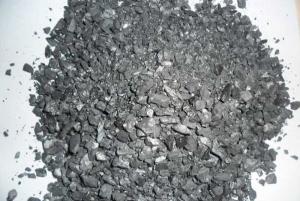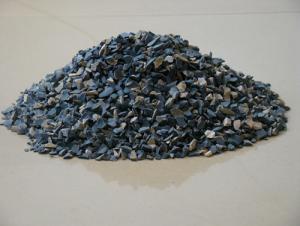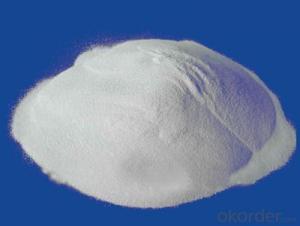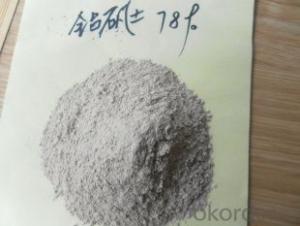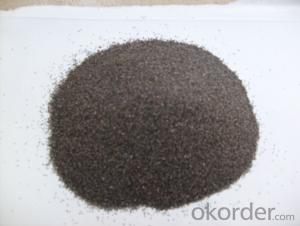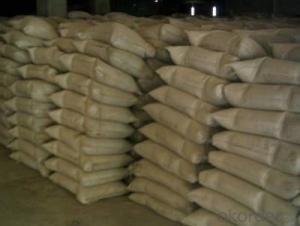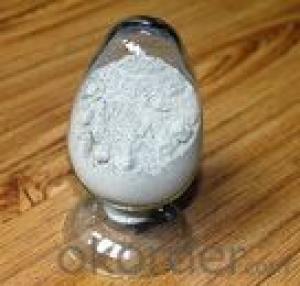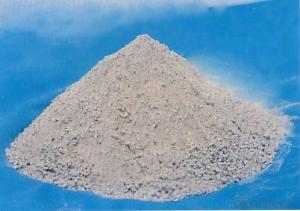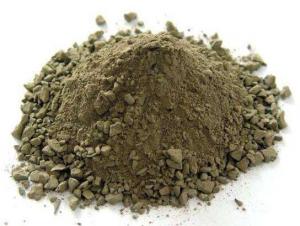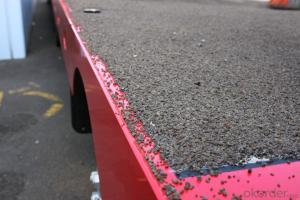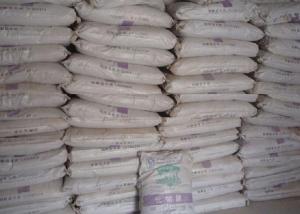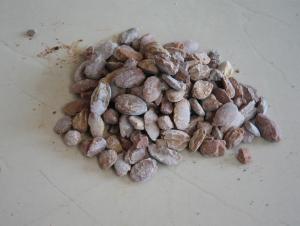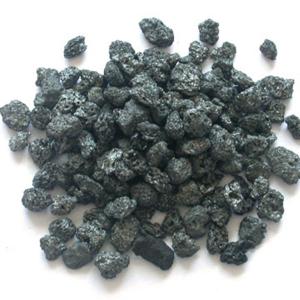High Alumina Raw Materials for Refractory Cements CA50 CA70 CA80 - China Factory Supplier
- Loading Port:
- China main port
- Payment Terms:
- TT OR LC
- Min Order Qty:
- 25 m.t.
- Supply Capability:
- 2000 m.t./month
OKorder Service Pledge
OKorder Financial Service
You Might Also Like
Quick Details
| Place of Origin: | Henan, China (Mainland) | Shape: | Powder | Material: | Alumina Cement |
| SiO2 Content (%): | <0.8-0.5 | Al2O3 Content (%): | 50-80 | CaO Content (%): | 20-35 |
| Refractoriness (Degree): | Super-Class (Refractoriness> 2000°) | Model Number: | CA50, CA70, CA80 | Brand Name: | CNBM |
| Raw Material: | Calcined Aluminum + Limestone | Compressive Strength, Mpa: | Min40 | Bending Strength, Mpa: | Min6 |
| Bulk Density, g/cm³: | Min2.3 | Setting Time: | Fast |
Packaging & Delivery
| Packaging Details: | 1.25kg bag piled or one ton bag on pallet/in case, wooden pallets with plastic film 2. Gross weight: 500-900kgs |
| Delivery Detail: | Around 20 days |
Quality Refractory
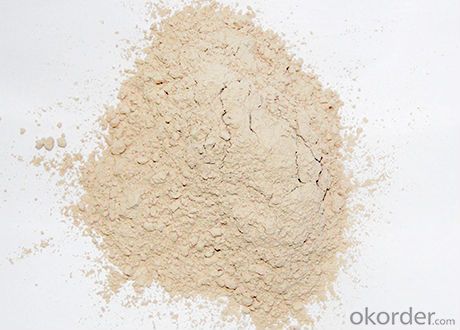
Technical: Advanced researching and developing center
Advantages: Quick-drying high speed; High performance of heat resistance; High efficiency of construction
Capacity: 500,000 metric tons per year
Applications: Castable, Firebricks, Furnaces, etc.
Parameters
Refractory Cements CA-50
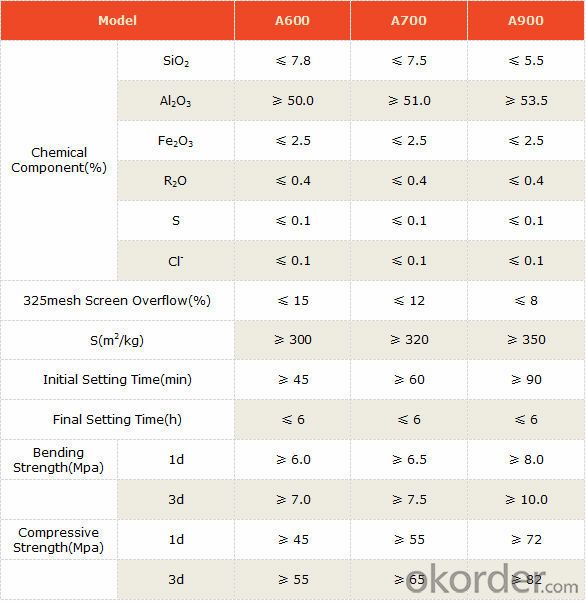
High Purity Refractory Cements CA-70 CA-75 CA-80
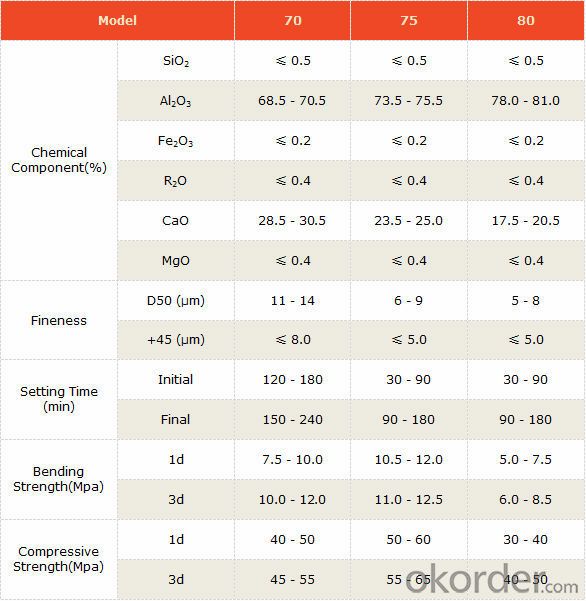
More Pictures
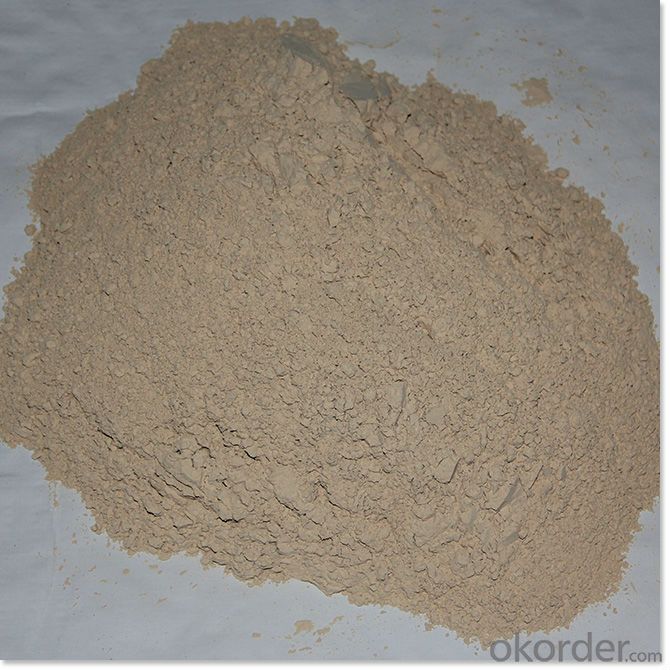
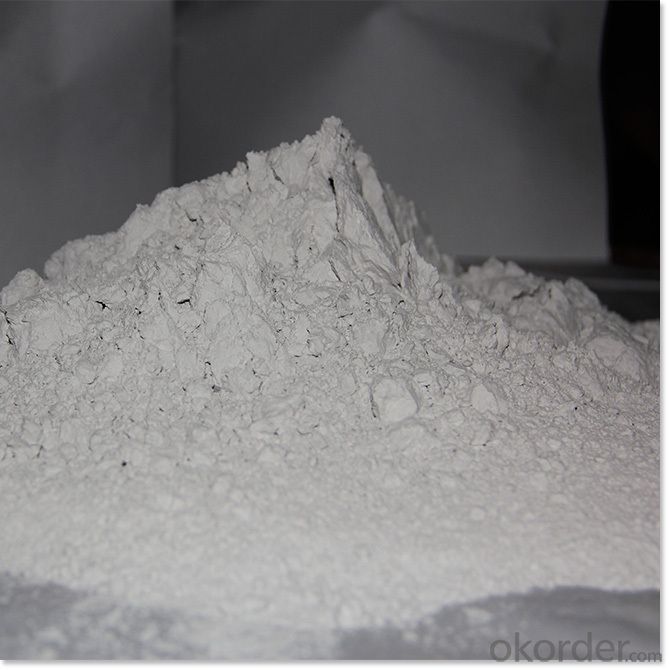
Our Service
Our Belief for Customer Service
We hold this belief all the time: We always provide our customers with high quality and competitive products, which can reduce their cost and increase their profit. We will try our best to achieve win-win cooperation and enhance the quality of people’s life together.
- Q: Does the external wall thermal insulation materials level b1 need the fire barrier zone?
- First, the cotton fire barrier zone "rock wool board" mainly uses water-repelling rock wool board produced by pendulum method as thermal insulation layer materia, and connecting and fixing base wall by binding and nail bonding, it is composed level A non-combustible building energy efficiency thermal insulation system by plastering layer composed by plastering mortar and glass?fiber mesh and decorative mortar finishing layer or coating. Rock wool board exterior insulation system, low thermal conductivity, good ventilation, combustion performance advantages of higher levels can be used in new construction, expansion, renovation of residential buildings and public buildings energy-saving exterior wall insulation works, including exterior insulation, fire Barrier non-transparent wall insulation and EPS external thermal insulation system. The introduction of main level A fireproofing EIFS on the present market (The following text is selected from China Building Standard Design and Research Institute " external wall thermal insulation building construction" Standard No. 10J121) Second, the foam concrete fire barrier zone 1. It is very green without the release of irritant and harmful gases; no mineral cotton floats do harm to human skin and the respiratory tract; production of?toxic?gases is security level (AQ1), there is no harmful gas and waste emissions and less carbon emissions; it exist not duplicate insulation demolition waste to pollute the environment.
- Q: What is the classification standard of fireproofing material levels?
- Standard: Class A: Incombustible building material, almost without burning. class A1: Non-combustible, no open flame,class A2: Non-combustible,it needs to measure smoke and be qualified. Class B1: Nonflammable building material: Nonflammable materials have good flame resistance function. when it contacts open fire or is under high temperature, it's difficult to burn and be spreading rapidly, and will stop burn after removing the combustion?source. Class B2: Combustible?building?materials: Combustible materials have good flame resistance function. when it contacts open fire or is put in the air at high temperature, it will immediately burst into flames, and easily result in the spreading of fire, such as wooden column, timber roof truss, timber beam, wooden stairs, etc. Class B3: Inflammability building materials, without any flame resisting effects, easy to burn, and has large danger of fire disaster.
- Q: Can I use ordinary cement with the addition of sand, clay, and salt as refractory material to paste the stove?
- You can add some hair, sand, yellow mud and some salt, but don’t use cement, it would lead to a thermal explosion.
- Q: Who knows how many kinds of fireproof insulation materials are there in the market?
- Portland cement, insulation stone, calcium powder and platycodon grandiflorum are the main raw materials of inorganic active insulation materials. Advanced manufacturing techniques and chemical Technologies have been used to conduct many tests, thus the close-celled inorganic active insulation materials are successfully developed. Products have advantages of fire-resistance, small deformation coefficient, aging-resistance, stable performance, environmentally-friendly, and good compatibility with rendering coating and subtractive wall, security, stability, and also have a life as long as the building itself. Good fireproofness: The materials of fireproof insulation board are inorganic (cement) which has A1-level fire-resistance, are non-combustible materials, and good at resisting fire. I hope my answer can help you.
- Q: What do refractory materials include?
- It is so difficult.
- Q: Urgent question: could you tell me that the export of refractory materials to Vietnam is to be packed in wooden cases and smoked?
- If the outer packing is made of solid wood, it must be fumigated! If it is not solid wood, you can do without!
- Q: Firing high temperature kiln of refractory and internal temperature being as high as 1600 ℃, metal heat exchanger can't use, how to do?
- 1>3>。 When metal heat exchanger is in 700 ℃, it must process high temperature protection, mixed cold wind or cold blast to protect heat exchanger. So this will waste a lot of energy; The comparison of high temperature resistant ceramic heat exchanger using temperature is 1350 ℃ to 1450 ℃; metal heat exchanger using temperature 700 ℃; heat utilization comparison of ceramic heat exchanger can be placed in 1350 ℃ or higher (highest available to 1450 ℃); the oxidation resistance, a very short time will burn out;2 >, waste heat recovery rate is high. Replacing the metal heat exchanger in high temperature and corrosion environment; Comparative ceramic heat exchanger can be used under the condition of 1350 ℃ for a long time. Let's make a comparison, if it is a refractory material industry. <, ceramic heat exchanger is simply won't appear, under the condition of equal to ceramic heat exchanger using, energy saving effect is best, can exchange for the high temperature. <. Ceramic heat can be placed on the nearest of exchanger flue outlet . <, and metal heat exchanger put in place contrast to the ceramic heat exchanger. In the process of using metal heat exchanger, if this situation happens, you can consider the ceramic heat exchanger. Temperature difference is between 650 ℃ to 750 ℃. If the metal heat exchanger is placed in normal place where ceramic heat usually put;The service life comparison: since ceramic heat exchanger with high temperature resistance, this partly replace metal heat exchanger. What's more, energy-saving rate is also different. Metal heat exchanger can be placed in 700 ℃ or less;4 >, corrosion resistance, its application effect is very different. So the metal-heat-exchanger's heat-resistant temperature is high and the service life is the countless times of metal heat exchanger. The place with highest temperature does not need high temperature protection.
- Q: On the problem of making refractory materials
- Refractories mainly depend on their high melting point characteristics. The refractory market is mainly Magnesium Oxide material.
- Q: How long is the fire endurance of fire resistant rolling shutter door?
- According to the requirements of Building Regulations 7.5.1 article,the fire endurance of class A fire resistant rolling shutter door should be no less than three hours.
Send your message to us
High Alumina Raw Materials for Refractory Cements CA50 CA70 CA80 - China Factory Supplier
- Loading Port:
- China main port
- Payment Terms:
- TT OR LC
- Min Order Qty:
- 25 m.t.
- Supply Capability:
- 2000 m.t./month
OKorder Service Pledge
OKorder Financial Service
Similar products
Hot products
Hot Searches
Related keywords
